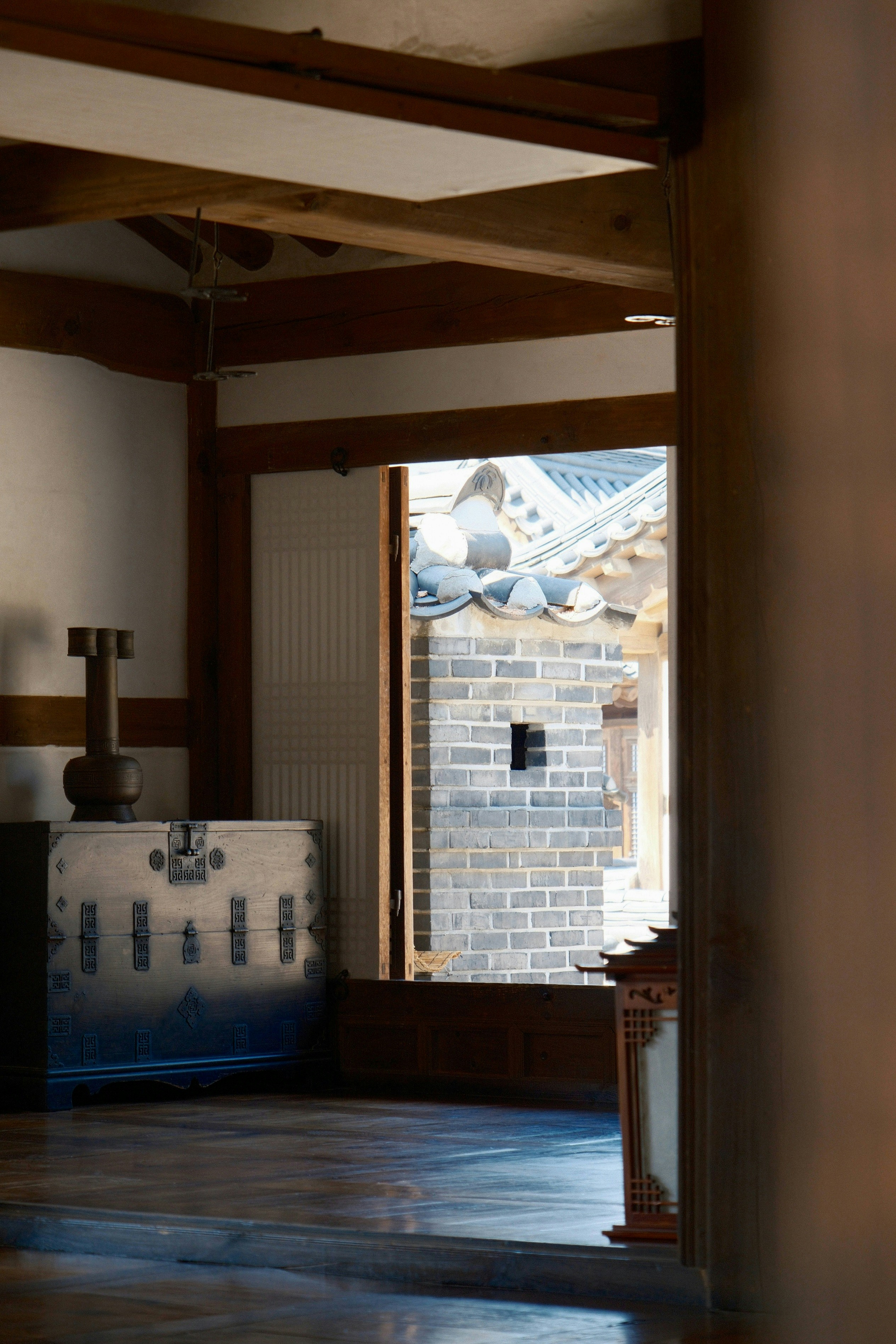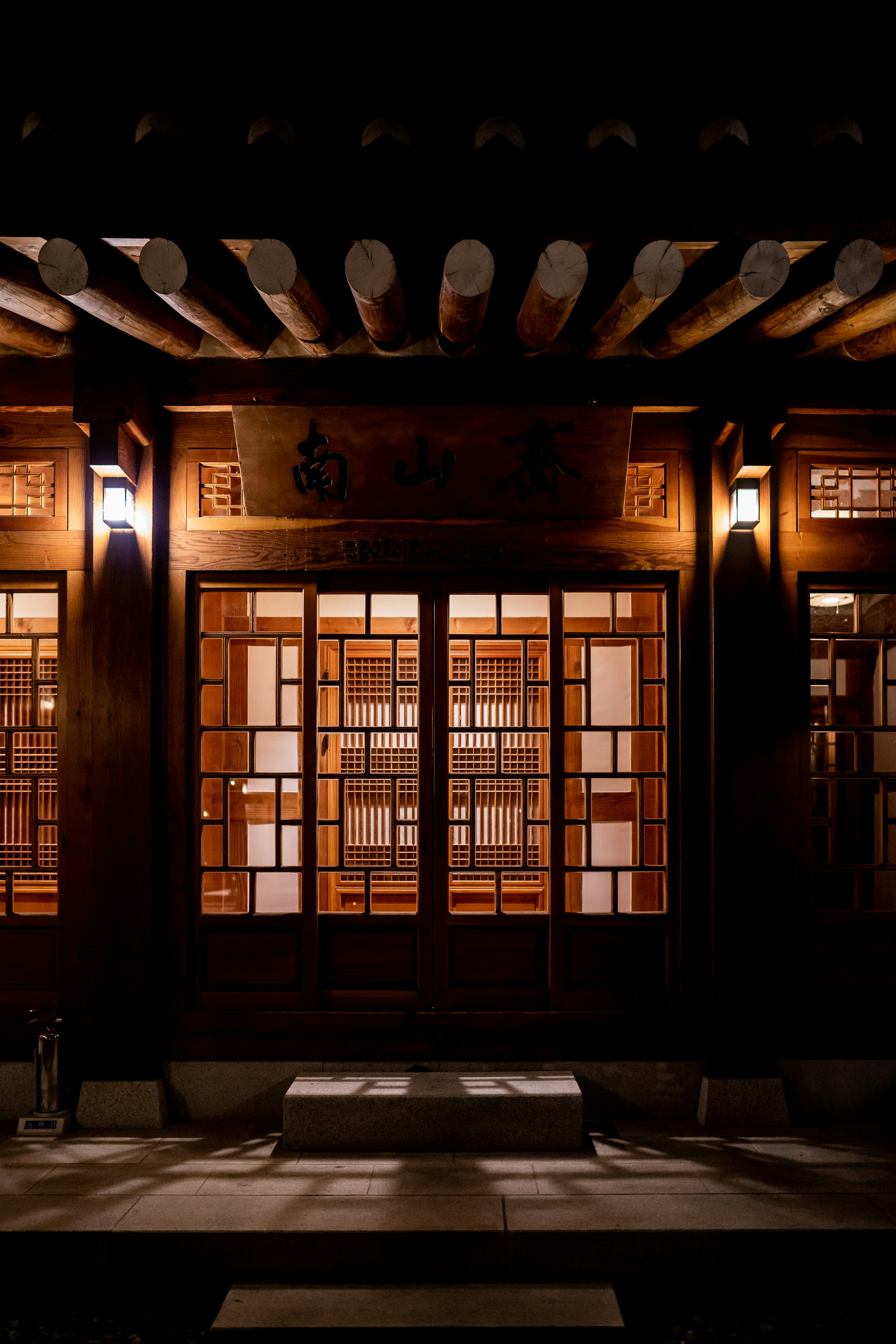
A hanok has always carried a special resonance for me. The gentle curve of its eaves, the shadows that stretch across the courtyard, the warmth of aged wood - these are elements of Korean architecture. Within that landscape, I began to see a new possibility for what a dining brand space could mean today.

When I first began shaping this brand, one central question guided me:
“How can tradition be transformed into a contemporary experience?”
To find the answer, I thought of the essence of the hanok, like brick and timber, courtyards and inner gardens, and even the subtle details of late Joseon and early modern Korean aesthetics. The goal was not to replicate the past, At the same time, I wanted to incorporate state-of-the-art dining facilities without compromising the concept’s integrity.

That is why I chose red brick and dark wood as the foundation of the space. They ground the restaurant in warmth and dignity while allowing a sleek, contemporary mood to shine through. To this, I added accents of late-19th to early-20th century influences, lending the brand its individuality and distinct character. It became a place where the past and present overlap - a setting that can only exist here.

Planning the courtyard space where all visitors share: Rather than leaving it as an empty void, I envisioned it as a stage where nature and dining could intersect. The play of seasonal light, the movement of air, the texture of wood and earth. All these would transform a simple meal into a deeper experience.

.png)
In the end, this brand is not just a Korean BBQ restaurant.
It is a refined dining stage, perfect for immersive brand 'Woogukbo' experience.
Through this process, I sought to create more than just a place to eat. I wanted to craft a brand where Korean identity and modern sensibilities coexist in harmony.
My hope is that every guest who enters this space will have a dining experience steeped in history.
